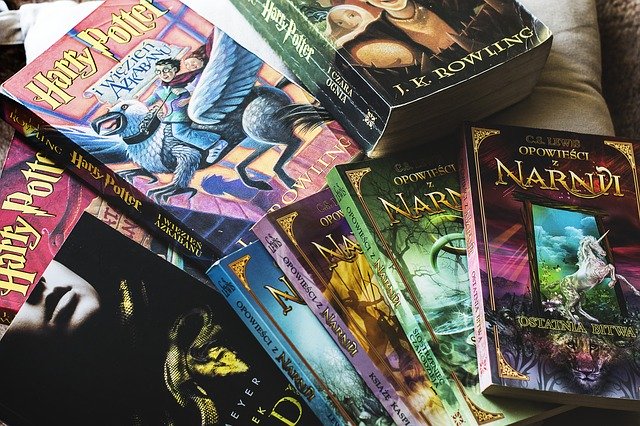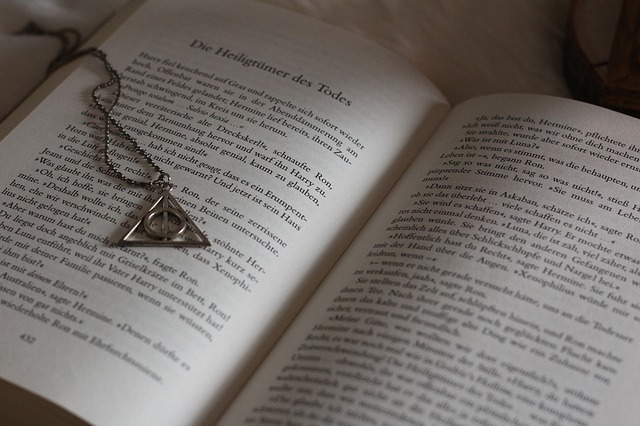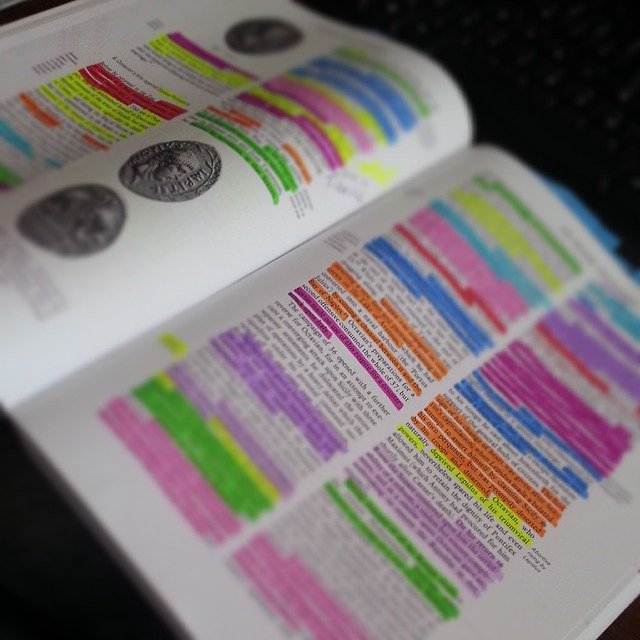When reading/viewing there are several strategies to become an active reader/viewer.
COVER What do you think of when you look at the book’s cover? Always examine the covers, these will often be superficial guides (or misguides) to the plot. Similarly, what does the movie poster or video package look like? How is it advertised?
TITLE Ask yourself, “why this title?” What do you know about it? What do you learn about it by the end of the story? Mark all the references to the title. How does the title relate to the characters and/or plot? If your opinion changes, why?
CHAPTERS Are there chapter titles? What do they mean/stand for? Titles are generally thematic guides to this section. Are the chapter titles included in a conversation, description, or as some other form of a narrative road sign? What is the context?
CHARACTERS Always mark where and when you first encounter a character. Even if you only circle names, mark the page. Note what they do for a living; how are they related to the main character; is there anything odd about them; what makes them stand out? Do their names mean anything? What do they look like? Do their features make them more or less appealing? Why is or isn’t the character’s age important?
SETTING This is the place and time of the story. Why are they relevant?
STYLE & VOICE The way the author uses language—use of certain phrases, patterns, complexity, accents, dialects, and sentence structure. Verbal patterns that convey feelings (e.g., difference accents: Arthur Weasley as opposed to Lucius Malfoy).
SYMBOLISM Symbols can be anything in the story’s setting, plot, or characterization that suggests an abstract meaning to the reader in addition to its literal significance (e.g., Harry Potter being an orphan, wearing broken glasses, living under a staircase. Deathly Hallows: triangle/cloak, circle/stone, line/wand).
Attributions:
Cover art: Comfreak
Katrina S: Harry Potter and Narnia
Jasmin Holzeisen: Harry Potter Deathly Hallows symbols


 When you take notes, you often do so quickly with little reflection and a lot of neon highlighter.
When you take notes, you often do so quickly with little reflection and a lot of neon highlighter.